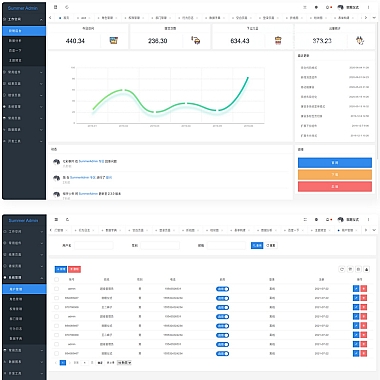版权信息
(本文地址:https://www.nzw6.com/7623.html)
CentOS 6.7 and CentOS 6.8 are two versions of the popular Linux distribution that have some important differences. While both versions offer a stable and reliable operating system, there are some key features and updates that set them apart. In this article, we will explore the differences between CentOS 6.7 and CentOS 6.8 and why these distinctions matter to users.
One of the most significant differences between CentOS 6.7 and CentOS 6.8 is the kernel version. CentOS 6.7 is based on the 2.6.32 kernel, while CentOS 6.8 features the 2.6.34 kernel. This update brings improved hardware support, better performance, and enhanced security features to the operating system. Users who require the latest hardware compatibility and security enhancements will benefit from upgrading to CentOS 6.8.
In addition to the kernel update, CentOS 6.8 also includes newer versions of many software packages, including the GNOME desktop environment, the Apache web server, and the PHP programming language. These updates provide users with access to the latest features and improvements in the open-source software ecosystem. Whether you are a developer, system administrator, or end user, having up-to-date software can make a big difference in productivity and user experience.
Another important distinction between CentOS 6.7 and CentOS 6.8 is the level of support and maintenance. As CentOS 6.7 is an older release, it has entered the maintenance phase of its lifecycle, meaning that it receives only critical security updates and bug fixes. On the other hand, CentOS 6.8 is still in the full support phase, receiving regular updates and patches for all components of the operating system. For users who require ongoing support and maintenance, choosing CentOS 6.8 is the best option to ensure a secure and reliable environment.
Furthermore, CentOS 6.8 introduces improvements in virtualization and cloud computing capabilities, making it an ideal choice for users who are deploying virtualized environments or building cloud infrastructure. With updated versions of KVM, Xen, and other virtualization tools, CentOS 6.8 offers better performance, stability, and management features for virtualized workloads. This is particularly important for businesses and organizations that rely on virtualization technology for their IT operations.
In conclusion, the differences between CentOS 6.7 and CentOS 6.8 are substantial and impactful for users. From kernel updates and software versions to support and virtualization enhancements, CentOS 6.8 offers a compelling set of improvements over its predecessor. Whether you are a casual user, a system administrator, or a business owner, understanding these differences will help you make an informed decision about which version of CentOS is right for your needs. By staying up to date with the latest features and improvements, you can ensure that your Linux environment is secure, reliable, and optimized for your requirements.











